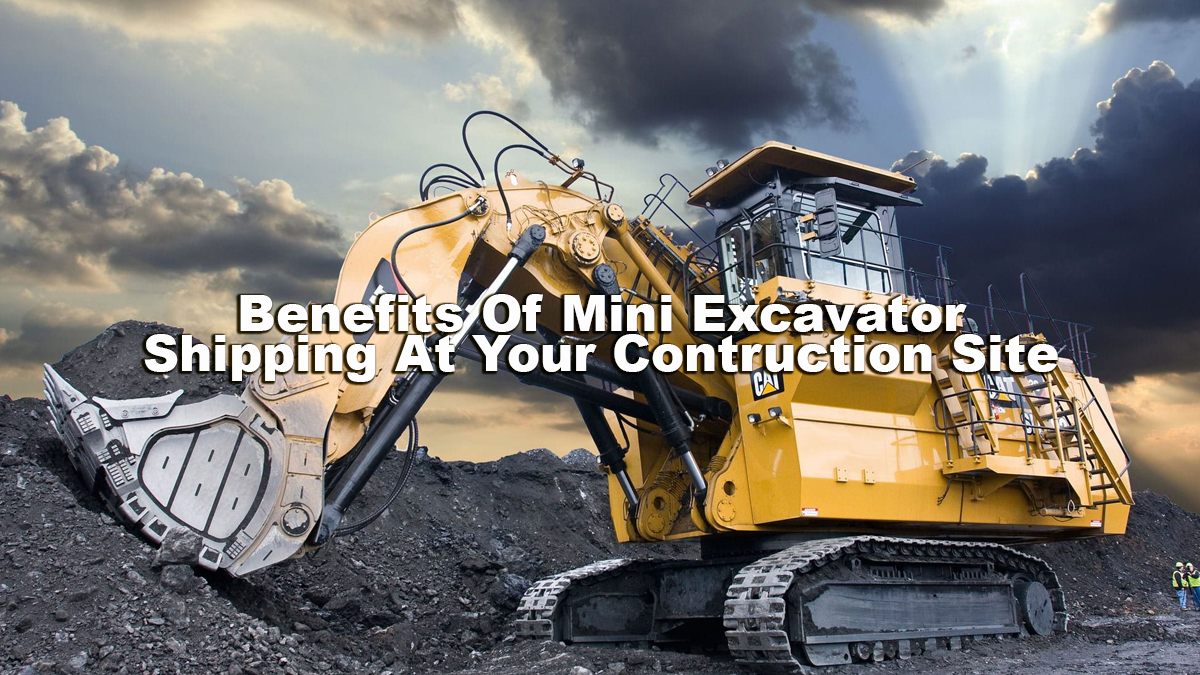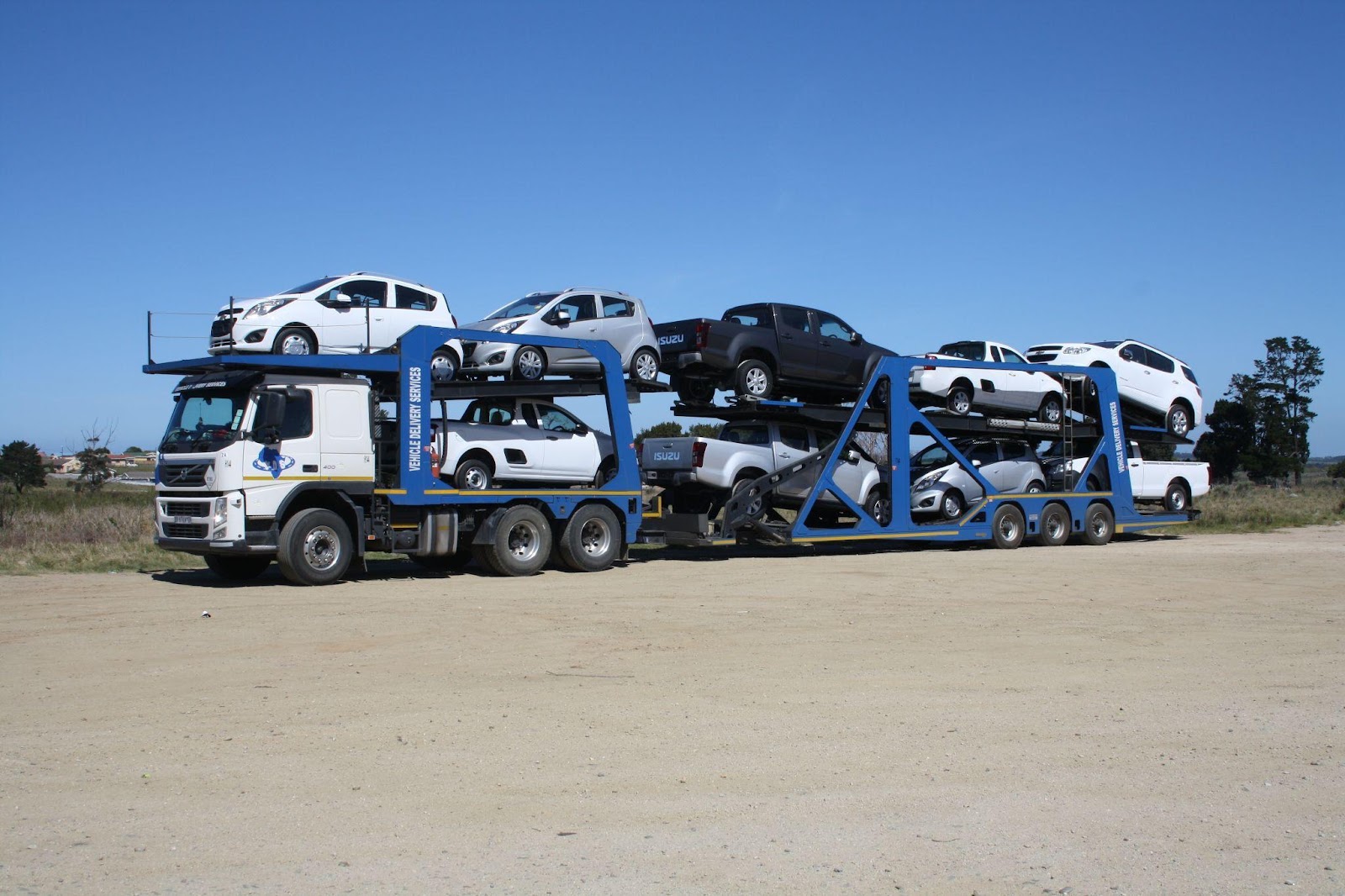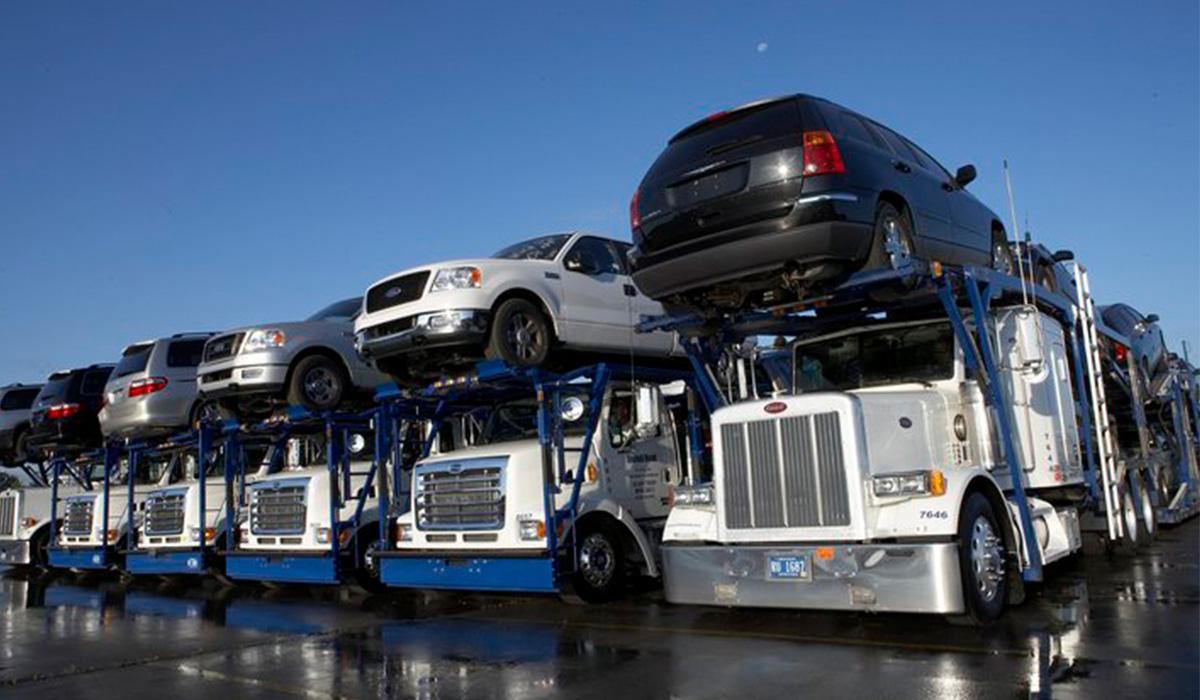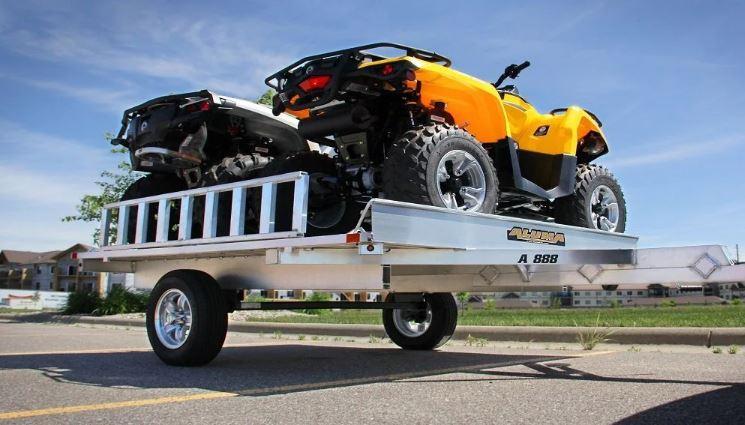ShipA1
Jan 21, 2020
A compact or mini
excavator is a tracked or wheeled vehicle with an approximate operating weight
from 0.7 to 7.5 tones. It generally includes a standard backfill blade and
features an independent boom swing. Hydraulic Excavators are somewhat different
from other construction equipment in that all movements and functions of the
machine are accomplished through the transfer of hydraulic fluid. The compact
excavator's workgroup and blade are activated by hydraulic fluid acting upon
hydraulic cylinders. The excavator's slew (rotation) and travel functions are
also activated by hydraulic fluid powering hydraulic motors. A mini excavator
is a tracked or wheeled vehicle with a slew of uses in construction. It can
weigh up to 20,000 pounds, which is the cutoff point for a machine that you can
consider compact. Some definitions have a cutoff point for mini excavators at
10,000 lbs. Though Mini excavators are popular machines because of their versatility,
with many uses for different construction jobs. Renting a compact excavator is
a good idea because buying equipment is more expensive than renting it.
Furthermore, not every mini excavator is suitable for every job. You can rent
machines of different sizes and weights according to the tasks you need to
complete. Find out below about some examples of when using a mini excavator is
a good idea for site work.
MINI EXCAVATOR VS.
STANDARD EXCAVATOR:
It's important to
understand the differences between compact and standard excavation machines.
Mini excavators offer some benefits compared to regular excavators that make
them better suited to certain jobs. Standard excavators are also useful
machines in their right. You need to make your choice, depending on the job at
hand. Mini excavators are lighter and smaller, meaning they offer reduced track
marks and top ground damage. The compact nature of mini excavators compared to
larger machines makes them much easier to work with on crowded sites. A
standard excavator's large size can cause problems in a parking lot, for
example. A mini excavator can get around a parking lot easily. Another benefit
of the smaller size of compact machines is that you can easily transport them
between sites. You can load your excavator on the back of a utility truck or
trailer for quick transfer between sites. Always make sure the trailer can
support your excavator's weight first. Getting a mini excavator auto shipping
on a per-project basis is more convenient than buying one larger machine. When
shipping, you can choose different machines for each site, depending on what
you need to accomplish.
MINI EXCAVATOR PARTS:
The following are some
of the main parts of mini excavators.
- CAB:
- Operators sit in the
cab and control the machine. The cab on mini excavators allows for 360-degree
rotation.
- UNDERCARRIAGE:
- The undercarriage
houses both the gears and the motor. The undercarriage is also where you'll
find the track roller that helps the machine move over the ground.
- HOUSE:
- The house connects to
the undercarriage. The household the excavator engine and fuel cylinders.
- BOOM:
- The boom is a long-hinged extension used to connect to the attachments.
- ATTACHMENTS:
- You can fit some
attachments to compact excavators. Trenching buckets, grading buckets, and
rippers are all examples of parts you can fit on the boom.
- ENGINE:
- The engine is what
gives the machine power, helping to move the boom and the hydraulic tracks.
- STICK:
- The stick is an extendable piece that connects the boom to the undercarriage.
USES FOR MINI
EXCAVATORS
One of the major draws
of mini excavators is that you can use them for a slew of different tasks. The
sheer number of possible attachments and the light frame are what make the mini
excavator such a versatile machine. The following examples showcase some
construction jobs that are ideal for using a mini excavator.
REPAIRING SEWER LINES
For basic sewer line
repair jobs, a mini excavator often makes for a better option than a full-size
machine, such as a trencher. The reason you can opt for a mini excavator for
sewer repairs is that mini excavators do the same job at a lower price than the
larger machines. The only thing you need to assess is the required digging
depth for the sewer line to make sure it's within reach of a mini excavator.
Once you gauge that you can use a mini excavator, it doesn't make sense not to
choose this tool for the job.
INSTALLING POOLS AND
HOT TUBS
Many Americans enjoy
having a pool or large hot tub installed outside their homes. You can see just
how popular pools are from the fact that there are 10.4 million residential
swimming pools in the United States. Since many state laws make homeowners get
special building permits for pools, they often look to contractors to do the
job. The compact nature of mini excavators makes them perfect for navigating a
backyard that might not fit a larger digger.
DIGGING HOLES:
Sometimes you need to
dig holes in awkward areas of sites you might work on. Construction teams often
resort to using slow methods for excavation in these areas, including
old-fashioned shoveling or hand-powered tools. A mini excavator's ability to
move into difficult areas of sites makes it the ideal machine for digging holes
in, particularly tough-to-reach spots. Using a mini excavator on smaller sites
to dig holes can speed up projects, freeing up time to finish other important
tasks.
SELECT A TRAINED
OPERATOR:
Even though these
machines bring many benefits to different construction jobs, untrained workers
should not use mini excavators. Workers need to have an in-depth understanding
of how to operate compact excavators before using them. Paying attention to the
details of each machine is vital.
THE CHALLENGE OF
SHIPPING EXCAVATOR:
Excavator and other
pieces of digging equipment are often large, bulky, and heavy. They usually
can't be inserted into a shipping container for freight forwarding. Thankfully
there are a number of other sea freight forwarding methods that ensure your
digger or bulldozer reaches its final destination in a timely manner and with
no scratches to the paintwork.
EXCAVATOR SHIPPING
METHODS:
Depending on the size
and dimension of your equipment, your freight forwarder will usually organize
for your item to be transported with Rorto or in a shipping container. Below is
a bit more about each of these sea freight forwarding methods. With RoRo
(roll-on roll-off), your excavator will be driven straight onto the vessel. It
enters the boat via a ramp and is fastened securely before transportation. Once
the ship has arrived at its destination, the excavator can be driven or rolled
off again.







